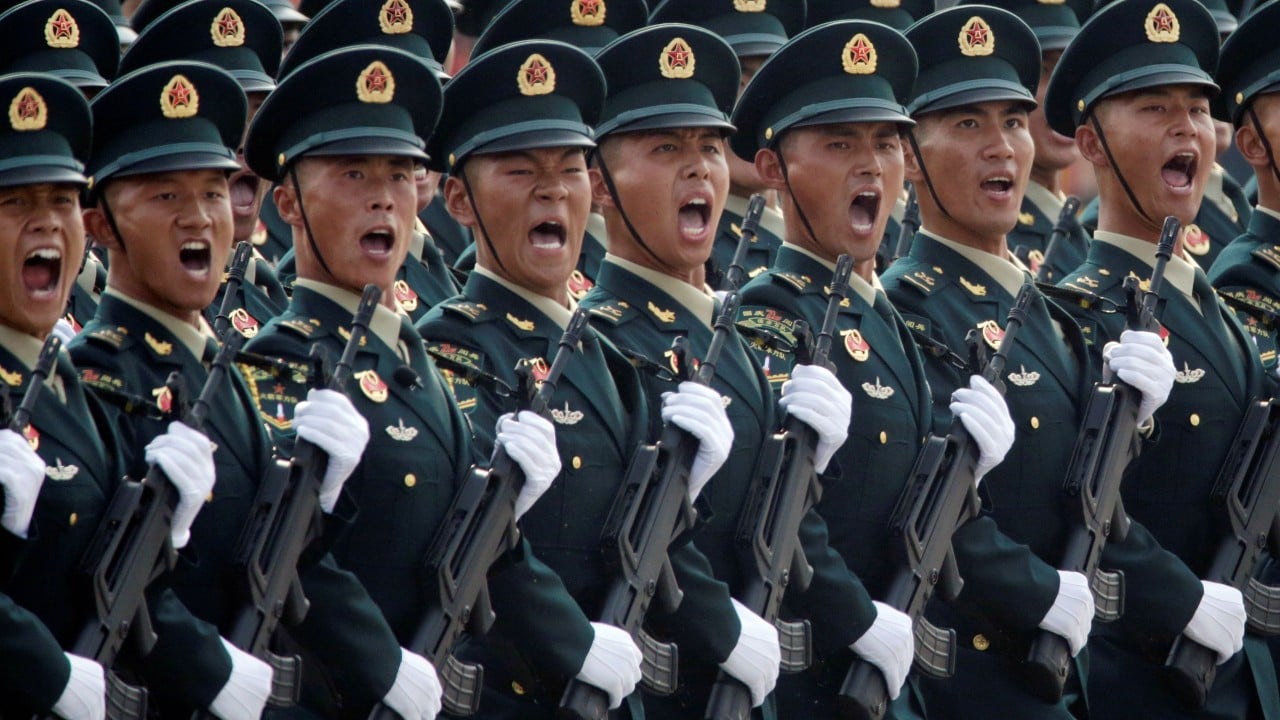
Forget China, America is the biggest warmonger by far
- Since 2001, the US ‘war on terror’ has killed, injured and displaced millions across 24 countries, while America’s defence spending is nearly 40 per cent of the global total. In contrast, China has waged one foreign war in the past 50 years
Thoughts about war converged last week with the publication of “The Costs of War”, a sobering study from Brown University’s Watson Institute for International and Public Affairs, led by Professor David Vine from the American University in Washington, and a taster for his forthcoming book The United States of War: A Global History of America’s Endless Conflicts, from Columbus to the Islamic State.
“US forces have fought in wars or participated in other combat operations in at least 24 countries. The destruction inflicted by warfare in these countries has been incalculable for civilians and combatants, for US military personnel and their family members, and for entire societies.”

02:32
Washington’s hardened position on Beijing’s claims in South China Sea heightens US-China tensions
Vine added: “US involvement in these countries has been horrifically catastrophic, horrifically damaging in ways that I don’t think that most people in the United States, in many ways myself included, have grappled with or reckoned with in even the slightest terms.”
But Vine admits: “Numbers quickly can become numbing … Most people (ourselves included) have great difficulty comprehending the meaning and effects of displacement.” He talks of torn-apart neighbourhoods, communities and societies, and a “mosaic patchwork” of mixed communities destroyed and replaced by religiously homogeneous “ethno-sectarian” enclaves.
Vine calculates that US conflicts since 2001 have cost US$6.4 trillion, peaking in 2008 during the Iraq War, and in 2011 in Afghanistan. The Institute for Economics and Peace puts the global cost of war at US$14.76 trillion in 2017 – about 12.4 per cent of the global economy.

04:12
Are Xi Jinping’s China and Donald Trump’s US destined for armed conflict?
Recall former presidential hopeful Elizabeth Warren in The Atlantic in January: “These conflicts have cost trillions of dollars needed for urgent priorities here at home, created a drag on our economy, contributed to the decay of our democratic culture and institutions, and paved the way for Trump’s ugly divisiveness.”

03:56
Unrest spreads across the US fuelled by outrage over police killing of George Floyd
They have also brought alarming numbers of conservative, armed vigilante groups onto the streets in defence of “law and order”. At one point in June, more than 17,000 National Guard had been called out in 23 states and in Washington.
With such alarming conflict erupting inside the US, it seems bizarre to be pointing fingers at China and its so-called ambition to unleash hegemonic power across Asia. The more hot-headed Sinophobes in Washington might learn from Commodore Oliver Perry at the Battle of Lake Erie in 1813, who said, “We have met the enemy, and they are ours.”
This was later paraphrased in a 1972 syndicated comic strip Pogo by cartoonist Walt Kelly, who wrote: “We have met the enemy, and he is us”. Today, it is no joke. If hot war is indeed an existential threat, then there is likely to be only one source – and it is not China.
David Dodwell researches and writes about global, regional and Hong Kong challenges from a Hong Kong point of view

